HISTORY
The first meeting of Medicinska Föreningen Lund-Malmö was held in a tower room the Palais d’Ask on October 24, 1894. Carl Magnus Fürst, professor of anatomy, was elected as the first chairman. He was undeniably very popular considering he was re-elected 19 times. The statutes solemnly declared that MF's task was "to work for a closer association between the students within the Faculty of Medicine". From the beginning, however, the association was not only for students but also teachers, and for a long time constituted the chairman and board members.
The original by-laws stated that the Big and Small Toddy Day shall be celebrated, and that a celebration shall be held at the start of the semester. The membership fee was now SEK 1.50 per semester. The Toddy Day has changed in character over time, but it traditionally consists of new medical students selling the the traditional magazine, with content of varying character, named Toddybladet.
In addition to this, however, the association has had a number of activities of a different nature, such as sports activities, where in 1935 they got rid of their tennis court, which had to leave space for a parking lot.
In 1902 Medicinska Föreningen began to work with student union issues, and has since collaborated and worked with the faculty to create a better education.
The training of medical candidates began in 1910 with autopsy practice in Malmö, and expanded the following year with practice moments at the Epidemic hospital.
In 1931, the education of students in the fields of obstetrics and gynecology opened up in Malmö. At this time, students who weren’t able to receive their training in Malmö, had to do it at Karolinska Institutet.
In 1942, the article "The clinical teaching in Malmö" is published, where chief physician Thore Brandt states that the large hospitals should relieve the universities of the education of new physicians.
In 1948, Malmö Hospital became a university hospital as they begin to accept students for teaching.
During the 1950s, the predecessor to today's MUR was formed, called MSR (Medicinska StudieRådet) which was a subgroup of MF with responsibility for educational monitoring. This was then taken up in Lund's student union, and MSR thus separated from MF. The reunification did not take place until the formation of the student union MF in 1996.
In 1969, the support association Locus Medicus was formed to find its own premises for MF in Lund.
In 1975, Holger Crafoord donated his private villa on Tunavägen 5. After moving around on more or less borrowed premises for over 80 years, we were finally able to move into our own villa. The villa was built in 1925 for Professor Lars Edling, the first radiologist in Lund. The donation was directed to the medical society in Lund and MF, and was commissioned by a foundation (Locus Medicus) to be managed. Since then, the foundation has chosen, after the nomination by MF, a house foreman who houses two rooms on the top floor and takes care of daily care.
In 1986, a medicine ball was held under the name Corbalen in Lund. This ball will later include all students within the Faculty of Medicine.
The expedition moves from Locus Lund to BMC, although much of the meetings and activities still take place at Locus. The study monitoring activities came into focus, but the social traditions live on as strongly as before.
In 2010, Medicinska Föreningen receives the contract for a donation from the Sandberg Foundation to renovate the old chapel at SUS Malmö (UMAS). This became the final push for a meeting place for the students in Malmö, which was sought after for a long time.
In the spring of 2011, the Medical Association had the honor of inaugurating Locus Medicus Malmoensis. Finally, many years of hard work to get a union building in place in the study city of Malmö had yielded results. When the house was built at the beginning of the last century, the idea was that it would act as a hospital chapel, and therefore it is often nicknamed the Chapel.
In 2012, the first clinical placement opened up in Helsingborg, as a result of the sharply increased student cohorts.
















